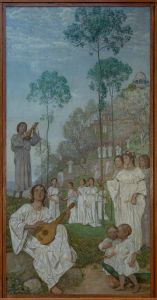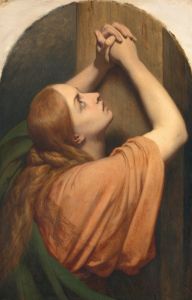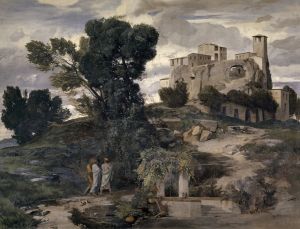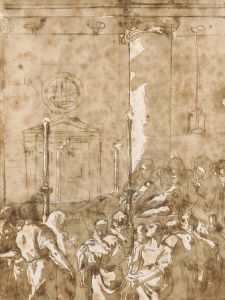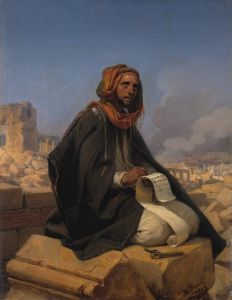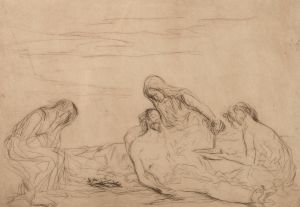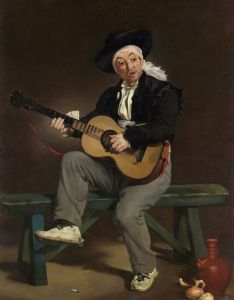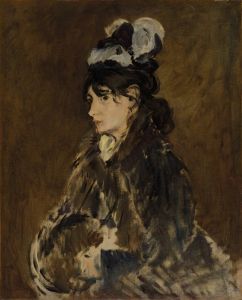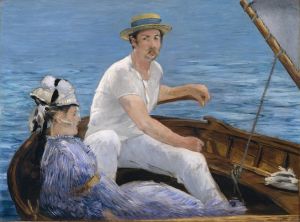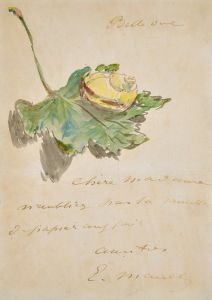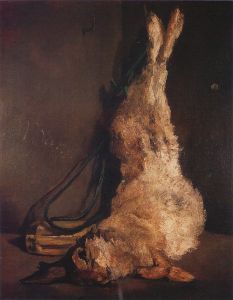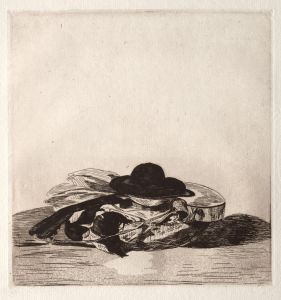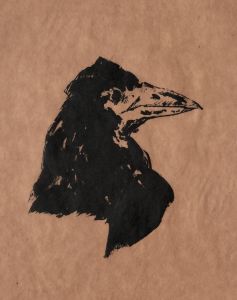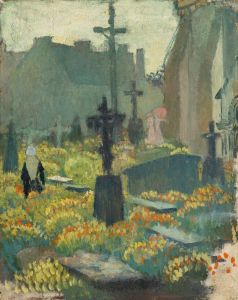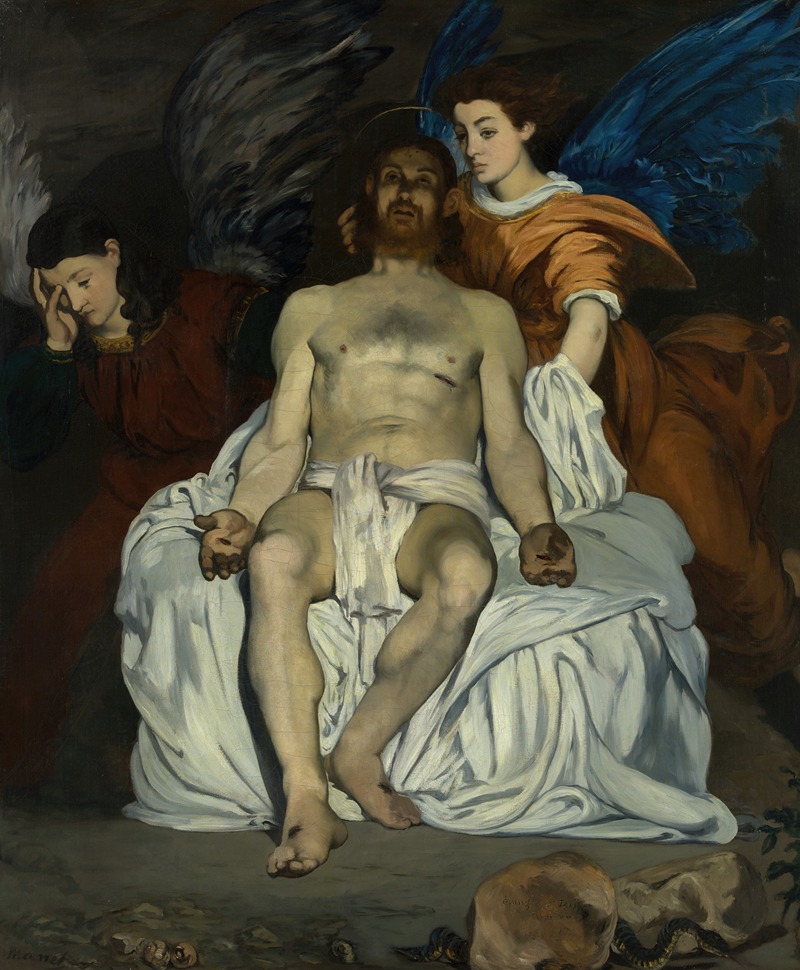
The Dead Christ with Angels
A hand-painted replica of Édouard Manet’s masterpiece The Dead Christ with Angels, meticulously crafted by professional artists to capture the true essence of the original. Each piece is created with museum-quality canvas and rare mineral pigments, carefully painted by experienced artists with delicate brushstrokes and rich, layered colors to perfectly recreate the texture of the original artwork. Unlike machine-printed reproductions, this hand-painted version brings the painting to life, infused with the artist’s emotions and skill in every stroke. Whether for personal collection or home decoration, it instantly elevates the artistic atmosphere of any space.
The Dead Christ with Angels is an oil painting created by the French artist Édouard Manet in 1864. The work depicts the body of Christ supported by two angels, a subject rooted in Christian iconography. This painting is notable for its combination of religious themes with Manet's modern approach to composition and technique.
The painting measures 179 cm by 149 cm (approximately 70.5 inches by 58.7 inches) and is housed in the Metropolitan Museum of Art in New York City. It was first exhibited at the Paris Salon of 1864, where it received mixed reactions from critics and the public. At the time, Manet was already a controversial figure in the art world due to his unconventional style and subject matter, and this work further solidified his reputation as a challenging and innovative artist.
In The Dead Christ with Angels, Manet portrays Christ lying lifeless, his body pale and marked with the wounds of the crucifixion. Two angels flank him, one on each side, their expressions solemn and contemplative. The background is dark and undefined, drawing attention to the figures in the foreground. The composition is stark and direct, with little embellishment, emphasizing the humanity of Christ rather than an idealized or divine representation. This approach reflects Manet's interest in realism and his departure from traditional religious art.
Art historians have noted that the painting shows the influence of earlier masters, such as Francisco de Zurbarán and Diego Velázquez, whose works Manet admired. The somber tone and dramatic lighting in The Dead Christ with Angels are reminiscent of the Spanish Baroque tradition, while the loose brushwork and simplified forms align with Manet's modernist tendencies.
Despite its religious subject, the painting was not intended as a devotional image. Instead, it is often interpreted as an exploration of human suffering and mortality. This secular perspective, combined with Manet's bold style, challenged the conventions of religious painting in the 19th century.
Today, The Dead Christ with Angels is recognized as an important work in Manet's oeuvre and a significant example of his innovative approach to art. It continues to be studied and appreciated for its unique blend of traditional and modern elements.





